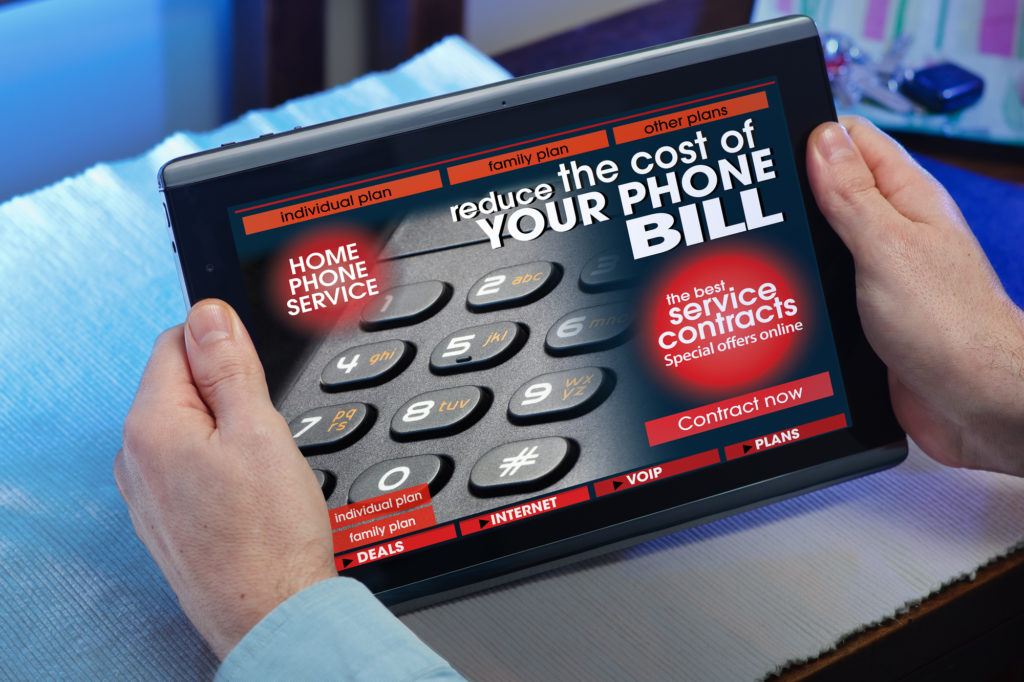(312) 818-2605
FIBER OPTIC CABLING BUSINESS PHONE SYSTEMS CHICAGO

Fiber Optic Cabling, Install, Repair, & Maintenance, Service Chicago
Fiber-optic cabling stands as a beacon of technological advancement, revolutionizing data transmission for businesses with unprecedented speed. Known for its exceptional velocity, expansive bandwidth, and extensive reach, fiber-optic cabling emerges as the preferred choice for enterprises prioritizing reliable, high-speed communication. Its capabilities enable swift data transfer and ample bandwidth, rendering it ideal for data-intensive tasks like cloud computing and video conferencing. Furthermore, its versatility spans across various sectors, including healthcare, telecommunications, and networking industries. Whether establishing a new network or upgrading existing infrastructure, investing in fiber-optic cabling proves strategic, offering enduring benefits for businesses. With its unparalleled performance and reliability, fiber-optic cabling positions enterprises to surpass competitors and seamlessly adapt to the evolving communication landscape. Chicago Business Phone Systems proudly serves as the premier provider, guaranteeing seamless integration and optimal performance tailored to your business requirements.
Two industry standards for Fiber Optic Cabling:
Single-mode (100BaseBX standard)
Single-mode fiber optic cables, adhering to the 100BaseBX standard, represent a specific type of fiber optic technology designed for high-speed data transmission over long distances. Unlike multi-mode fiber optic cables, which accommodate multiple light modes, single-mode fibers support only a single mode of light propagation. This characteristic enables single-mode fibers to maintain signal integrity over extended distances, making them ideal for long-haul telecommunications and networking applications.
The 100BaseBX standard denotes a specific protocol for Ethernet communication, indicating a transmission speed of 100 megabits per second (Mbps). Within the context of single-mode fiber optics, the “BX” designation typically refers to a bi-directional transmission configuration, where separate wavelengths are used for upstream and downstream data transfer. This bidirectional setup maximizes the utilization of the single-mode fiber, allowing for efficient and cost-effective deployment in networking environments.
Multimode (100BaseSX standard)
Multimode fiber optic cables, conforming to the 100BaseSX standard, represent a prevalent choice for high-speed data transmission over shorter distances within local area networks (LANs) and data center environments. Unlike single-mode fibers, which support a single mode of light propagation, multimode fibers accommodate multiple light modes, allowing for increased capacity and flexibility in transmission.
The 100BaseSX standard denotes a specific protocol for Ethernet communication, indicating a transmission speed of 100 megabits per second (Mbps). Within the context of multimode fiber optics, the “SX” designation typically refers to short wavelength transmission, often utilizing a light-emitting diode (LED) or a vertical-cavity surface-emitting laser (VCSEL) as the light source. This short wavelength operation enables efficient data transmission over relatively short distances, typically up to a few hundred meters.